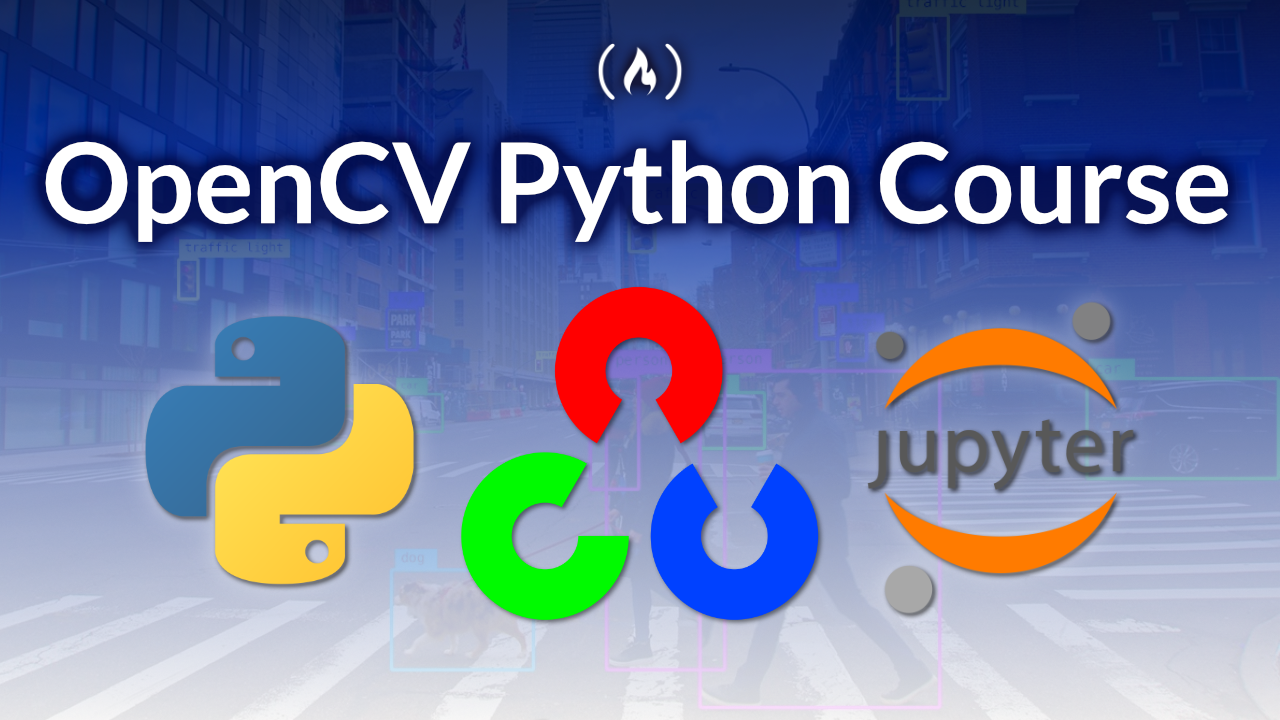

- Opencv with python how to#
- Opencv with python install#
- Opencv with python code#
- Opencv with python license#
Try to change the parameter values of Edge Detection.Let us change our operation into an Edge Detection.įirst, we use Canny Edge detection with three parameters.Ĭheck OpenCV documentation about Canny(). waitKey ( 1 ) & 0xFF = ord ( 'q' ): # press q to quit break # When everything done, release the capture cap. INTER_AREA ) # Our operations on the frame come here if ret = 1 : #img = WarpImage(frame) img = equalizeHistColor ( WarpImage ( frame )) else : img = equalizeHistColor ( frame ) # Display the resulting image cv2. resize ( frame, None, fx = 0.5, fy = 0.5, interpolation = cv2. isOpened ()): # Capture frame-by-frame ret, frame = cap. COLOR_HSV2RGB ) # convert the HSV image back to RGB format # start video capture cap = cv2. equalizeHist ( img ) # equalize the histogram of the V channel return cv2. COLOR_RGB2HSV ) # convert to HSV img = cv2. pi * j / by )) if i + offset_y < rows and j + offset_x < cols : img = frame Įlse : img = 0 return img def equalizeHistColor ( frame ): # equalize the histogram of color image img = cv2. pi * i / bx )) offset_y = int ( ay * math. shape for i in range ( rows ): for j in range ( cols ): offset_x = int ( ax * math.

Opencv with python code#
This is done using the following code block: We're going to import OpenCV, TensorFlow, dlib, and Tesseract, just to make sure that everything is working and that there aren't any nasty surprises.
Opencv with python how to#
Opencv with python install#
The Tesseract Wiki explains the steps to install it on various different operating systems.Īs we're using Windows, and we want to install a pre-built one, click on the Tesseract at UB Mannheim link, where you will find all the latest setup files. We can also build it from source if we want to, but that doesn't really offer any advantages. We want to install it via the pre-built binary package, so click on that link. Installing it via a pre-built binary package.Scroll down to the Installing Tesseract section in the GitHub readme.

Go to the GitHub repository for Tesseract, which is found at the following link. Because of this, there's a Python binding for it that calls the executable, which can then be installed manually. Tesseract is Google's optical character recognition library, and is not natively a Python package. If everything goes well, we should be good to go with dlib. This will take around 10 to 20 seconds to run.
Opencv with python license#
The book also covers some advanced projects, such as reading text from license plates from real-world images using Google’s Tesseract software, and tracking human body poses using DeeperCut within TensorFlow.īy the end of this book, you will have the expertise required to build your own Computer Vision projects using Python and its associated libraries. You will use powerful machine learning tools such as OpenCV, Dlib, and TensorFlow to build exciting projects such as classifying handwritten digits, detecting facial features,and much more. You'll learn state-of-the-art techniques for classifying images, finding and identifying human postures, and detecting faces within videos. With the help of this book, you will learn how to set up Anaconda and Python for the major OSes with cutting-edge third-party libraries for Computer Vision. This book will help you design and develop production-grade Computer Vision projects tackling real-world problems. Python is the ideal programming language for rapidly prototyping and developing production-grade codes for image processing and Computer Vision with its robust syntax and wealth of powerful libraries.


 0 kommentar(er)
0 kommentar(er)
